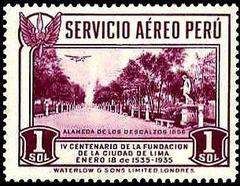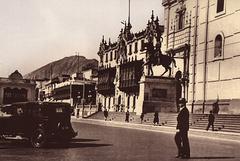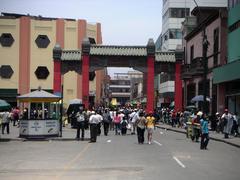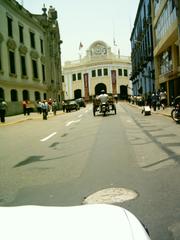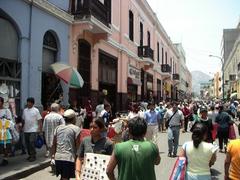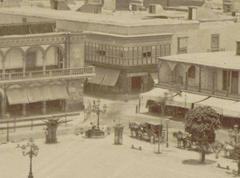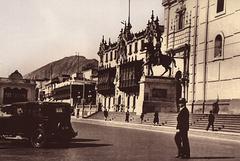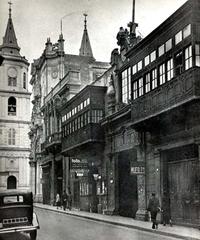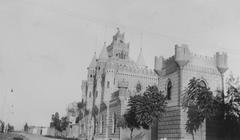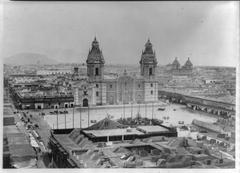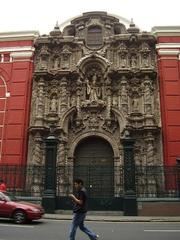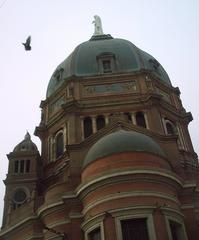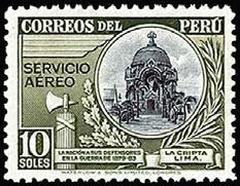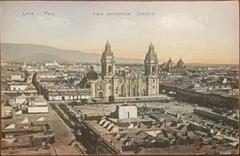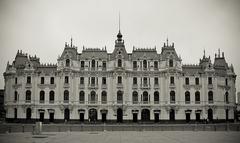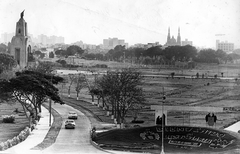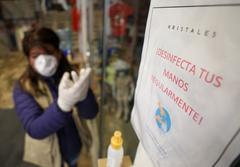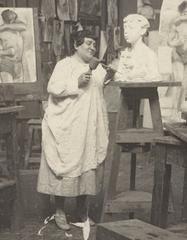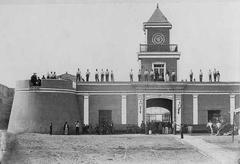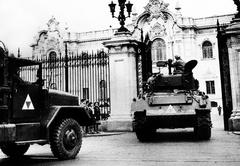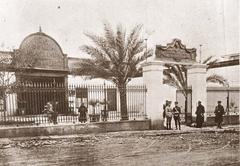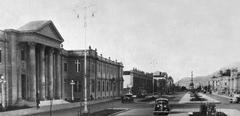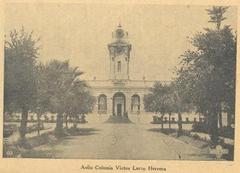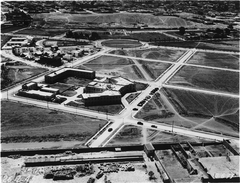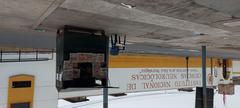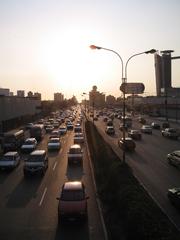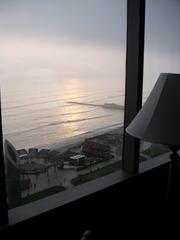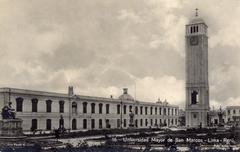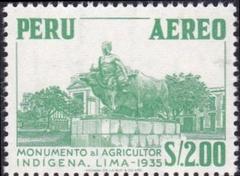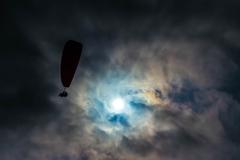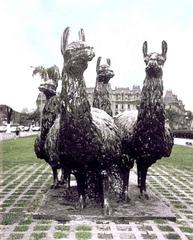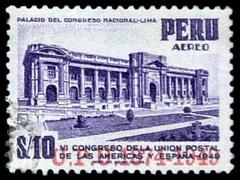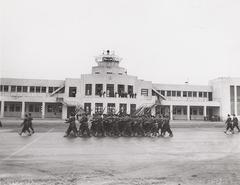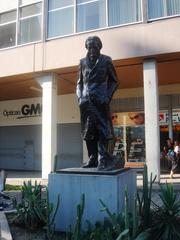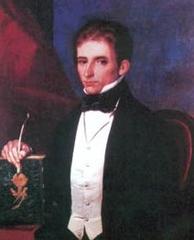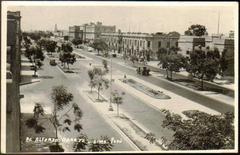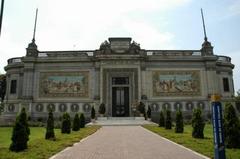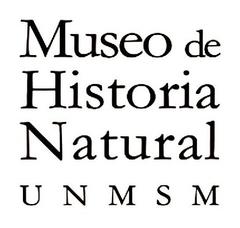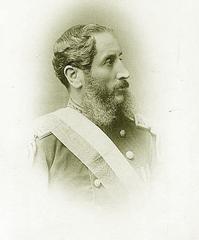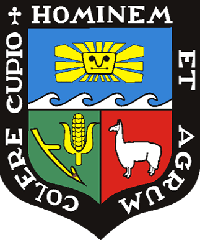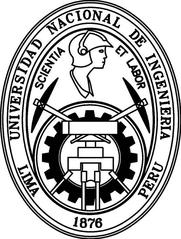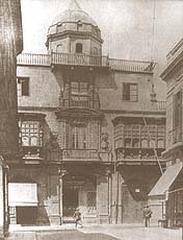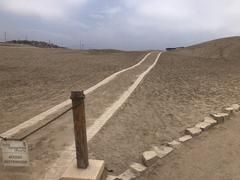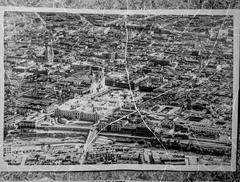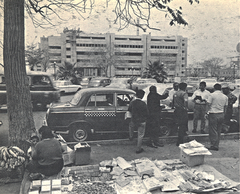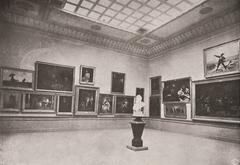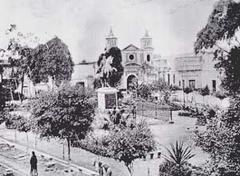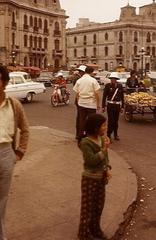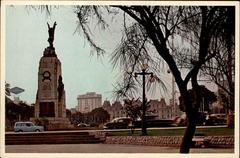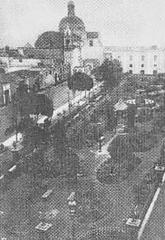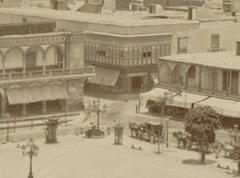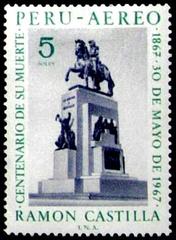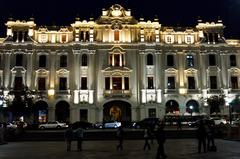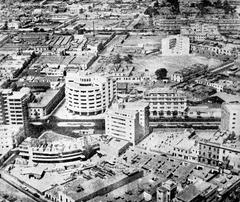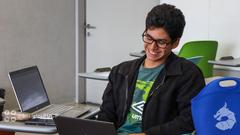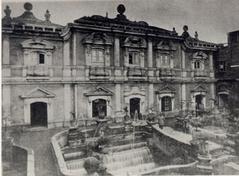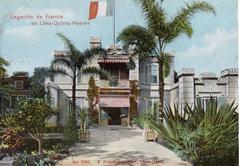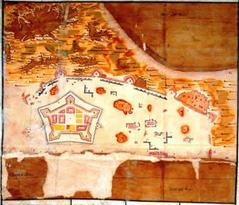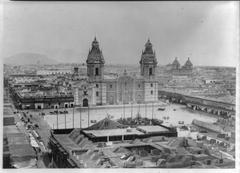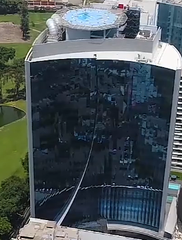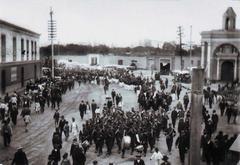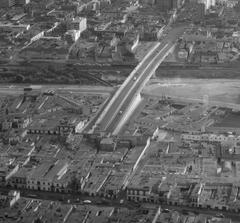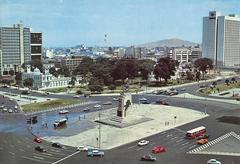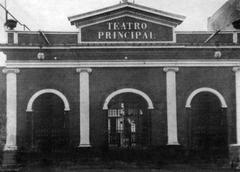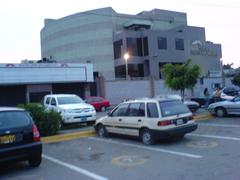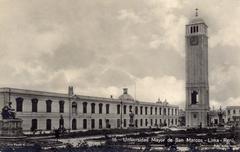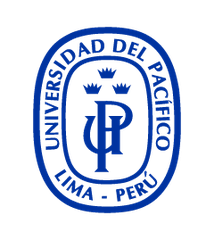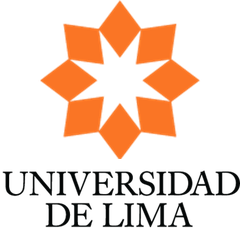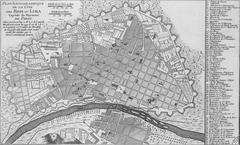Comprehensive Guide to Visiting Museo de Pedro de Osma, Lima, Peru
Date: 23/07/2024
Introduction
Nestled in the artistic heart of Lima’s Barranco district, the Museo de Pedro de Osma stands as a beacon of Peru’s rich colonial heritage. Since its founding in 1987 by philanthropist and art collector Pedro de Osma Gildemeister, the museum has been dedicated to preserving and showcasing an extensive collection of colonial art. Housed in an early 20th-century mansion, the museum offers a visual feast of paintings, sculptures, silverware, and furniture, while also providing a window into the opulent lifestyle of Lima’s elite during the colonial period. Visitors are drawn not only to the museum’s impressive collection but also to its architectural splendor, featuring a blend of neoclassical and baroque elements. This guide aims to offer comprehensive insights into the Museo de Pedro de Osma, from its historical significance and visitor information to travel tips and nearby attractions, ensuring a rich and immersive experience for all who visit (Museo de Pedro de Osma).
Table of Contents
- History and Cultural Significance of Museo de Pedro de Osma
- Visitor Information - Tickets, Hours, and Accessibility
- Restoration and Preservation Efforts
- Educational and Cultural Impact
- Travel Tips and Nearby Attractions
- Special Events and Guided Tours
- Future Developments
- FAQ
History and Cultural Significance of Museo de Pedro de Osma
Origins and Founding
The Museo de Pedro de Osma, located in the Barranco district of Lima, Peru, stands as a testament to the rich cultural and artistic heritage of the region. Founded by Pedro de Osma Gildemeister, a prominent Peruvian philanthropist and art collector, in 1987, the museum aims to preserve and showcase the artistic achievements of Peru, particularly from the colonial period. The museum is housed in an early 20th-century mansion, which is an architectural gem reflecting the eclectic style of the time.
Pedro de Osma Gildemeister - The Visionary
Pedro de Osma Gildemeister (1901-1967) was a passionate collector of Peruvian colonial art. His collection began in the early 20th century and grew to include a vast array of paintings, sculptures, silverware, and furniture. Osma’s dedication to preserving Peru’s cultural heritage was driven by his belief in the importance of art as a means of understanding and appreciating history. His efforts culminated in the establishment of the museum, which opened to the public posthumously, fulfilling his lifelong dream.
Architectural Significance
The mansion that houses the Museo de Pedro de Osma is an attraction in its own right. Built in the early 1900s, the building is a prime example of the eclectic architectural style that was popular in Lima at the time. The mansion features a blend of neoclassical and baroque elements, with intricate woodwork, stained glass windows, and beautifully landscaped gardens. The preservation of the mansion adds to the historical ambiance of the museum, providing visitors with a glimpse into the opulent lifestyle of Lima’s elite during the early 20th century.
Collection Highlights
The museum’s collection is renowned for its extensive array of colonial art, which spans from the 16th to the 19th centuries. Key highlights include:
- Paintings: The museum boasts an impressive collection of paintings, primarily from the Cusco School, a prominent artistic tradition that emerged in the 17th century. These paintings are characterized by their vibrant colors, intricate details, and religious themes. Notable works include depictions of the Virgin Mary, saints, and scenes from the life of Christ.
- Sculptures: The museum’s sculpture collection includes exquisite examples of religious statuary, many of which were used in churches and monasteries throughout Peru. These sculptures, often made of wood and adorned with gold leaf, reflect the skill and craftsmanship of colonial artists.
- Silverware: The Museo de Pedro de Osma is home to an extensive collection of colonial silverware, including religious artifacts such as chalices, monstrances, and processional crosses. These pieces highlight the importance of silver in Peru’s colonial economy and the high level of artistry achieved by silversmiths of the period.
- Furniture: The museum also features a collection of colonial furniture, showcasing the blend of European and indigenous influences that characterized the period. Intricately carved wooden pieces, often inlaid with mother-of-pearl and other materials, provide insight into the domestic life of colonial Peru.
Visitor Information - Tickets, Hours, and Accessibility
The Museo de Pedro de Osma is open to visitors from Tuesday to Sunday, 10 AM to 6 PM. Ticket prices are as follows: Adults - 30 PEN, Students - 10 PEN, Children under 12 - Free. The museum is wheelchair accessible, and guided tours are available in multiple languages.
Restoration and Preservation Efforts
Since its founding, the Museo de Pedro de Osma has been committed to the preservation and restoration of its collection. The museum employs a team of conservators who work diligently to maintain the integrity of the artworks. Restoration projects have included the cleaning and repair of paintings, the stabilization of sculptures, and the conservation of delicate silver pieces. These efforts ensure that the museum’s collection remains in excellent condition for future generations to appreciate.
Educational and Cultural Impact
The Museo de Pedro de Osma plays a vital role in the cultural and educational landscape of Lima. The museum offers a range of educational programs, including guided tours, workshops, and lectures, aimed at fostering a deeper understanding of Peru’s colonial history and artistic heritage. Additionally, the museum hosts temporary exhibitions that explore various aspects of Peruvian art and culture, providing visitors with new and diverse perspectives.
Travel Tips and Nearby Attractions
Visitors to the Museo de Pedro de Osma can expect a rich and immersive experience. The museum’s well-curated exhibits are complemented by informative signage and multimedia displays that provide context and background information. The mansion’s beautifully maintained gardens offer a tranquil setting for reflection and relaxation. Additionally, the museum’s location in the vibrant Barranco district means that visitors can easily explore other cultural attractions, restaurants, and shops in the area. Nearby attractions include the Bridge of Sighs, Barranco’s main square, and the Mario Testino Museum (MATE).
Special Events and Guided Tours
The Museo de Pedro de Osma frequently hosts special events, including temporary exhibitions, cultural festivals, and workshops. Guided tours are available and can be booked in advance through the museum’s official website. These tours offer deeper insight into the collection and the history of the mansion.
Future Developments
Looking ahead, the Museo de Pedro de Osma continues to expand its reach and impact. Plans for future developments include the acquisition of new artworks, the enhancement of educational programs, and the implementation of digital initiatives to make the museum’s collection more accessible to a global audience. These efforts will ensure that the museum remains a dynamic and relevant institution in the years to come.
FAQ
Q: What are the visiting hours for Museo de Pedro de Osma? A: The museum is open from Tuesday to Sunday, 10 AM to 6 PM.
Q: How much are tickets to Museo de Pedro de Osma? A: Ticket prices are as follows: Adults - 30 PEN, Students - 10 PEN, Children under 12 - Free.
Q: Is the Museo de Pedro de Osma accessible to visitors with mobility issues? A: Yes, the museum has ramps and elevators, and wheelchairs are available upon request.
Q: What nearby attractions can I visit? A: Nearby attractions include the Bridge of Sighs, Barranco’s main square, and various art galleries and cafes in the Barranco district.
Conclusion
The Museo de Pedro de Osma is a vital cultural institution that plays a significant role in preserving and promoting Peru’s artistic heritage. Its extensive collections of colonial and pre-Columbian art, combined with its educational and community engagement initiatives, make it an essential destination for anyone interested in Peruvian culture and history. By visiting the Museo de Pedro de Osma, tourists can gain a deeper understanding of the rich and diverse artistic traditions that have shaped Peru over the centuries.
For more information, visit the official website.
Call to Action
Plan your visit today and immerse yourself in the rich history and vibrant culture of Peru. Don’t forget to check out our other posts on Lima’s historical sites and download our mobile app Audiala for more travel tips and updates. Follow us on social media for the latest news and events!
References
- Museo de Pedro de Osma, 2024, Official Website

